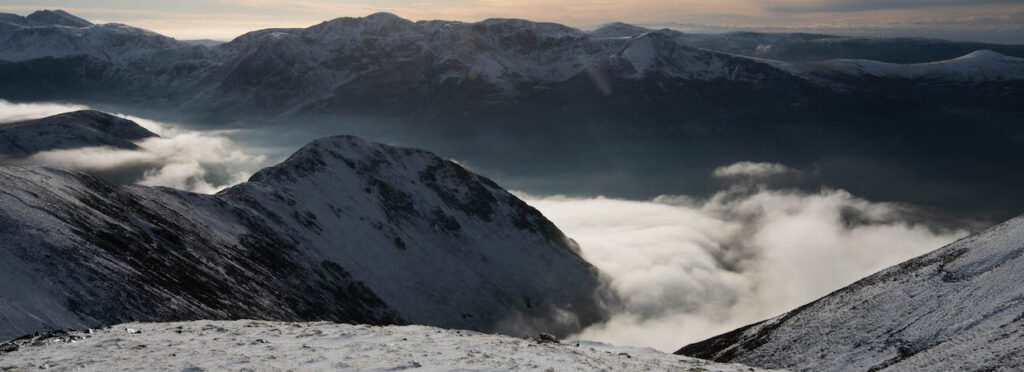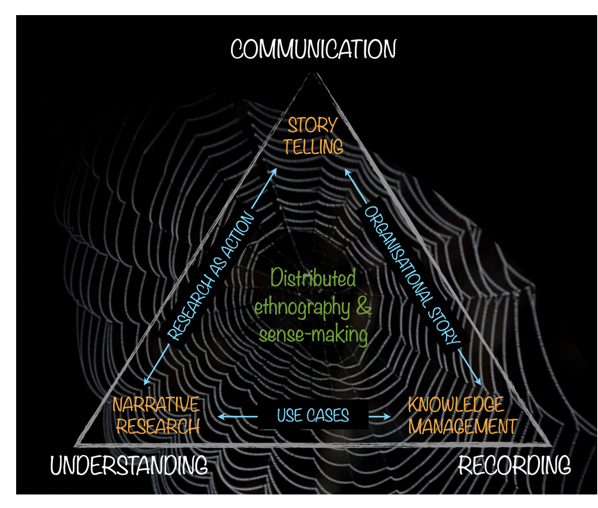Menu

 In this second section, I am moving on to the wider field of narrative. I wrote a paper on narrative and phenomenology while at University for a college seminar on feminism which got me into an over-intensive library period looking at archetypal story forms in different societies. That involved a mixture of fascination and irritation going through the two volumes of Tylor’s Primitive Culture which founded the field of Cultural Anthropology. I only remembered that when I started to write this post but it may have had a deeper influence than I thought. I’d always collected different myths when i could find them so the wider interest was there for some time.
In this second section, I am moving on to the wider field of narrative. I wrote a paper on narrative and phenomenology while at University for a college seminar on feminism which got me into an over-intensive library period looking at archetypal story forms in different societies. That involved a mixture of fascination and irritation going through the two volumes of Tylor’s Primitive Culture which founded the field of Cultural Anthropology. I only remembered that when I started to write this post but it may have had a deeper influence than I thought. I’d always collected different myths when i could find them so the wider interest was there for some time.
So when I started the work on knowledge mapping and created ASHEN it was logical to look at narrative capture as a way of revealing decisions and as importantly gather the content of those stories. That turned out to be a gift as I moved into the field of narrative from the point of view as a discovery-based research technique rather than focusing on communication. I developed the idea of an Anecdote CircleAs it happened other people in IBM were also working on narrative and story and we formed the IBM Story Group, the story of which I recounted in the recent Cynefin book for those interested; signed copies still available.
That narrative material had wider utility and I created two sets of interpretative methods to go with capture, namely the use of archetypes and template construction to improve communication – both of those I will address tomorrow. That work and the early development of the Cynefin framework bought me to the attention of DARPA from which a whole body of work flowed. I told the story of this in the Cynefin book above referenced. The DARPA programs were critical in the overall scheme of things, providing funding and real-world needs, especially after 911. The early work focused on narrative for conflict reduction but then after 911, I started to focus on micro-narratives as a source of weak signal detection. From that, it was tropes, strange attractors, and SenseMaker® all of which will come in the third post in this section. in a very real sense, I wish that I knew then, what I know now as the work would have progressed faster but life, as they say, is learning.
So I separate my narrative work into two periods, the IBM period and post IBM, or more specifically post DARPA where SenseMaker® started to take priority over the methods – something I am currently in the process of rebalancing, starting with these posts and extending in January to the open-source wiki. Posts two and three in this section will cover those two periods. But in this first post, I want to set the broader context and to do that I want to use a framing I created for the Encyclopedia of Action Research to look at the various types of narrative work. The field itself is vast and the heading of this post is a rather cryptic reference to Ninian Smart’s The Variety of Religious Experience which I still refer to from time to time. Ninian founded the Religious Studies Department at Lancaster –
 then a progressive alternative to Theology. Narrative has many things in common with religion and of course, is a key element of it. I didn’t want to create a set of categories, but more a way of looking at things from different perspectives so I ended up with a triangle, shown to the right. The three core functions of Communication, Understanding, and Recording translated into Story Telling, Narrative Research, and Knowledge Management. I draw a spider’s web behind it, and beyond it to indicate that this is a field that defies simple categories. So let us start with the three main perspectives.
then a progressive alternative to Theology. Narrative has many things in common with religion and of course, is a key element of it. I didn’t want to create a set of categories, but more a way of looking at things from different perspectives so I ended up with a triangle, shown to the right. The three core functions of Communication, Understanding, and Recording translated into Story Telling, Narrative Research, and Knowledge Management. I draw a spider’s web behind it, and beyond it to indicate that this is a field that defies simple categories. So let us start with the three main perspectives.
Now once I have those three aspects then I can start to look at different theories and practices in how they balance the there elements. You can see two examples in the illustration and there are more that could be so mapped – but please don’t forget the spider’s web that connects the various elements and aspects.
I am going to hold listing principles until the end of the section
Today was one of those special days on the hills as the banner picture shows. As some readers will know I took on a challenge to climb all the 214 Wainwright Fells in under 40 days without reaching any summit more than once. That means in general long demanding walks and winter hours make than challenging. When I planned these two weeks I had marked out routes I could achieve by starting an hour before dawn but I had planned without the snow and ice. Even with crampons, this means time expands and so does risk. I normally work on a one hour before dusk ending to give myself a safety margin and carry two head torches. I also carry enough to survive one night in a survival sack. With snow, ice, and worse snow on the ice this plan got blown, and not wanting to be confined to low level walks I made the decision this morning to suspect the Wainwright programme to allow me to select walks appropriate to the conditions and the state of my knees! With no cartilage under either patella, ibuprofen is key and I know that a slip could twist the knee and disable me for a few weeks.
So that left me free for a single summit ascent of Grasmoor from Crummock Water. I needed microspikes once I hit the snow line given the amount of ice under the fresh fall of snow and I was rewarded with one of those stunning days that make all the effort of ascent worthwhile. I descended via Gasgale Gill which had its own share of ice and scrambling before a wonderful path along the valley side back to the car. I took the picture of the corner of a sheepfold for today’s drystone wall.
Dear Reader, while we have your attention: we are on a determined drive to expand our network around the world. We’re certainly living in uncertain times (sic), and we believe that it will take a large collective of like-minded people to help organisations and societies navigate stormy waters, make sense of the world and make good decisions. Consider joining the Cynefin Network by clicking on the banner below. Links to eBook and paperback copies of our latest book are also available on this page.
Cognitive Edge Ltd. & Cognitive Edge Pte. trading as The Cynefin Company and The Cynefin Centre.
© COPYRIGHT 2024

I’d been working on knowledge management for some time and have come across Boisot’s book Knowledge ...
As I indicated yesterday my group in IBM UK got into the wider field of ...